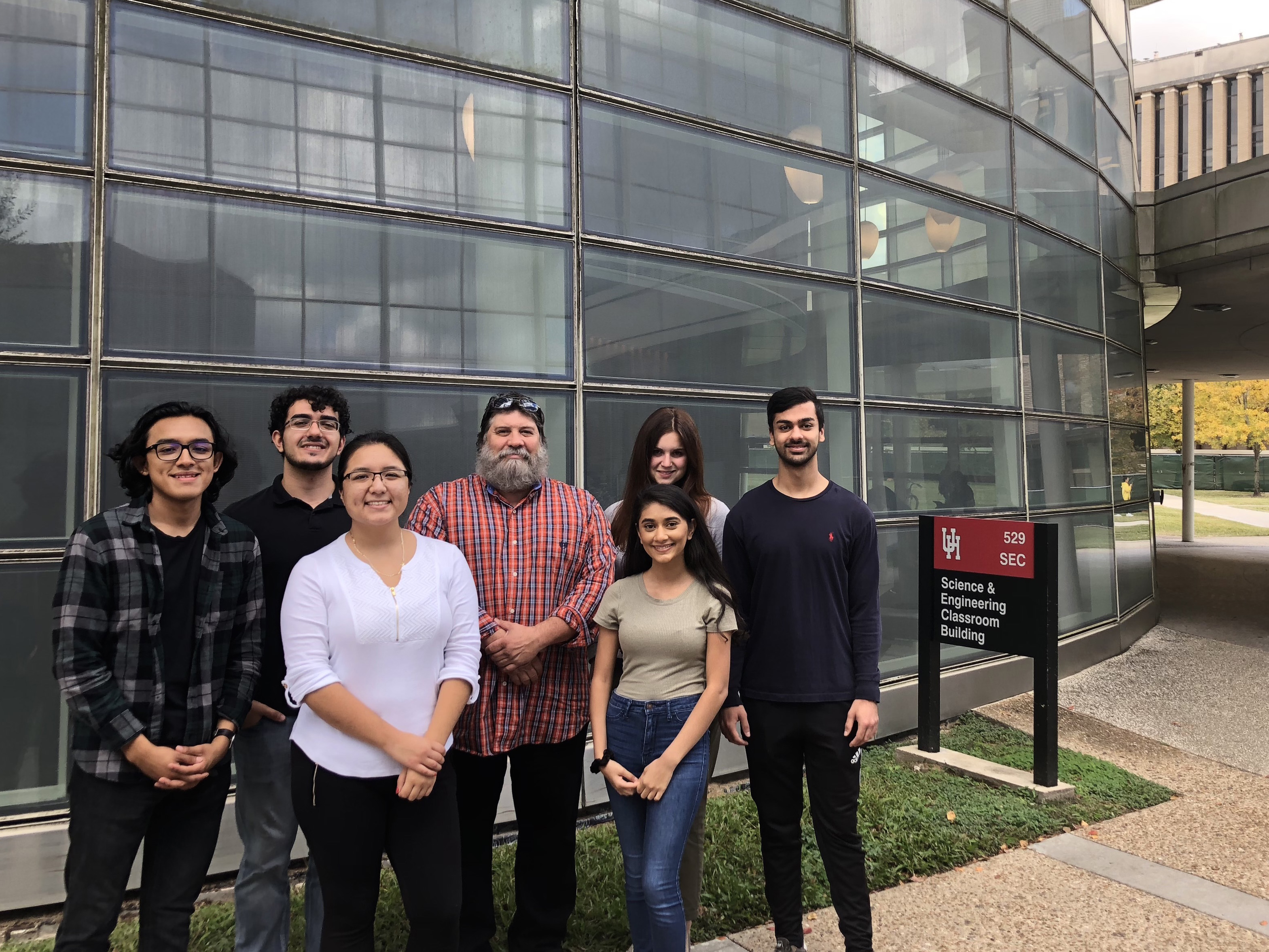Computational Drug Discovery with John W. Craft Jr., Ph.D.

The HPE Data Science Institute is dedicated to educating and promoting data science across the University of Houston. With access to HPE Data Science Institute’s supercomputers and other resources, researchers can develop new methods of disseminating data science projects and more.
The 2018 DSI Seed Funding grant recipient, John W. Craft Jr., Ph.D., discussed how the HPE Data Science Institute allowed his team to excel. Craft explained how the DSI Programs benefited his work within the realm of new pharmaceuticals.
- What is your project about? What inspired you to create it?
JC: Our projects have a common theme of computational drug discovery. We have had 10 students funded in part over the life of the seed grant program. We have multiple discovery programs ongoing, including; investigating Crohn’s disease, targeted diagnostics for atherosclerotic plaques, inhibitors for Spleen Tyrosine Kinase (SYK) and ROCK, and COVID-19.
The COVID-19 project was initiated by one of Dr. McConnell’s students, Hanan Qasim, and further developed by Aram Reyes-Alcaraz, Elizabeth Merlinsky, and Ashley Cruz. These programs have a common theme of using protein molecular dynamics simulations (GROMACS, NAMD, LAMMPS) and docking (AUTODOCK) to search large multi-million compound libraries like ZINC for inhibitors that might be drug discovery leads.
- How has the program helped you?
JC: The great thing about this support is that it provided significant opportunities for graduate and undergraduate students. They were able to invest in research that was complementary to their pre-medical academic studies. Literally, the COVID-19 project started in April and May when students were locked out of their labs during the UH shutdown. Via Zoom and Houseparty, they were quickly trained on how to use unix, run docking codes, process binding modes and start the computer screening of millions of virtual-compounds that bind spike-protein interfaces.
The DSI support had a HUGE multiplier effect. It encouraged our group cohesion and focus. I am very proud of each student’s contribution and thankful for the support. I would also like to thank the SURF and PURS programs, as most of my students have participated in it during their research careers. These UH mechanisms enhance student engagement and productivity.
- What are the top three results of the research supported by DSI?
JC: We have provided a mechanistic picture of a newly discovered vaccine adjuvant. This molecule 7HP349 is an integrin activator that has demonstrated enhancement for vaccines against Chagas disease. This work was enabled by our contributions to a MRI diagnostic used in atherosclerotic plaques, where our simulations indicated the α4β1 binding modes of a small molecule linked to a liposome. Recently, we have identified a number of inhibitors of spleen tyrosine kinase (SYK) which mode of action is through integrin specific inhibition via the SH2 domain, rather than typical inhibitors which bind the catalytic domain. All of the processes developed in the RCDC now contribute to our study of COVID-19.
News Category
Research